1 Upwards: As is often the case in Peyronie’s disease.
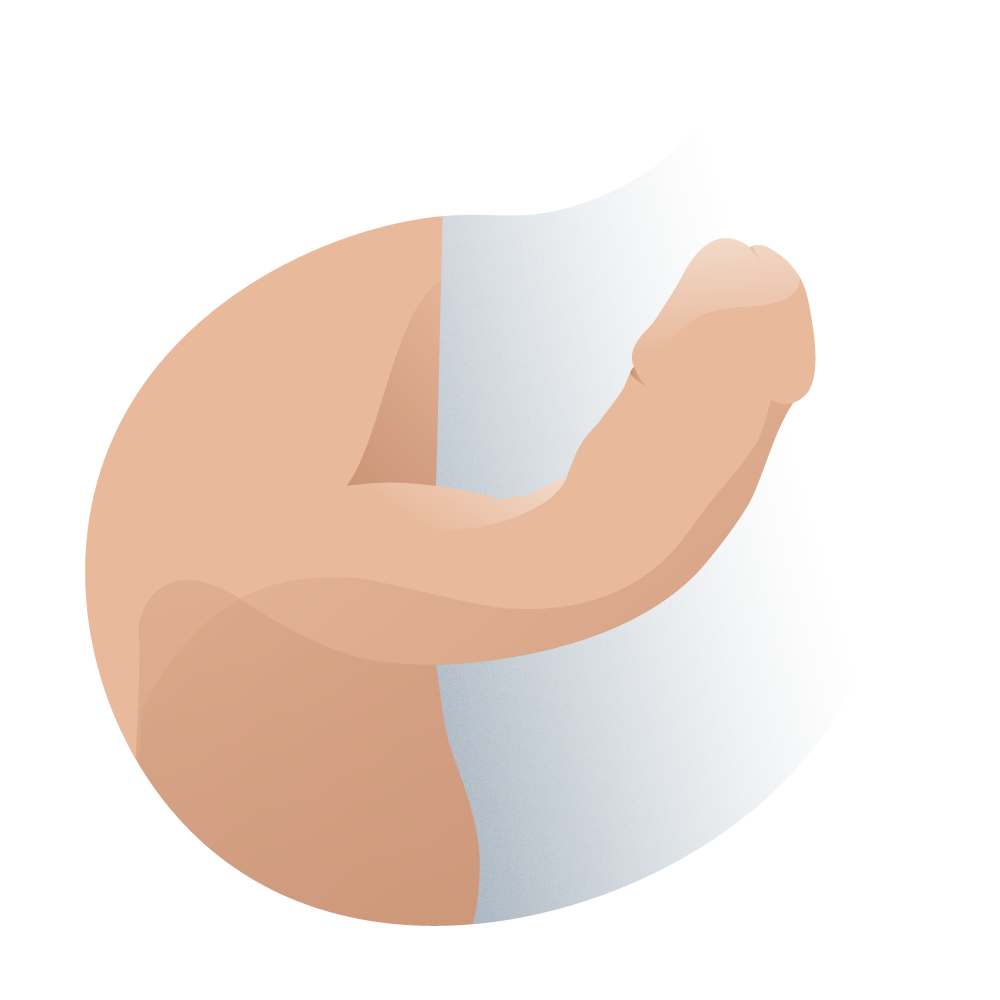
Dorsal lateral curve
Having a curved penis (or a bent penis as it is commonly called), is something that many men worry about, but it is very normal. Not all curvatures are considered pathological. It may be considered problematic when the curvature affects or hinders sexual intercourse, causes difficulties during urination, or pain to the patient.
Curved penises have different characteristics depending on the shape and how the curve was acquired.
The penis or phallic body can present with DEVIATIONS of various types:
1 Upwards: As is often the case in Peyronie’s disease.

Dorsal lateral curve
2 Downwards. This case commonly known as the recurvatum penis is generally a congenital defect (birth) and is usually observed from an early age when the penis has its first erections. The deviation is downwards and usually occurs in large penises.
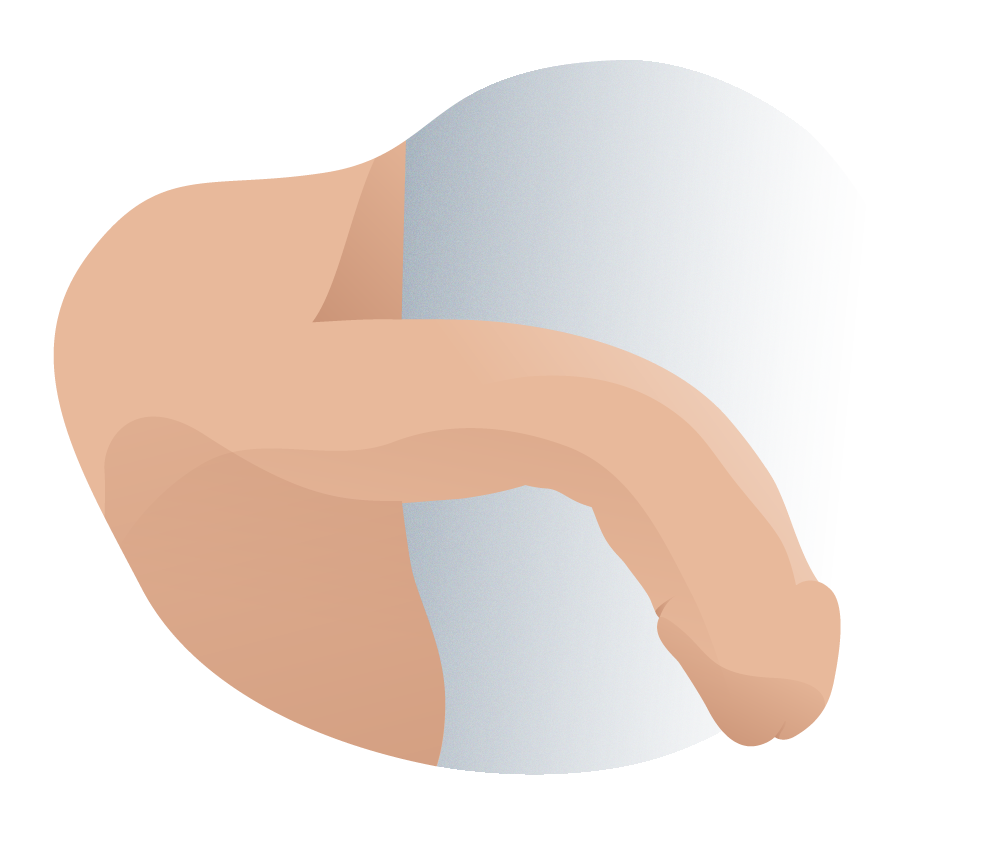
Lateral curve
3 To the left.
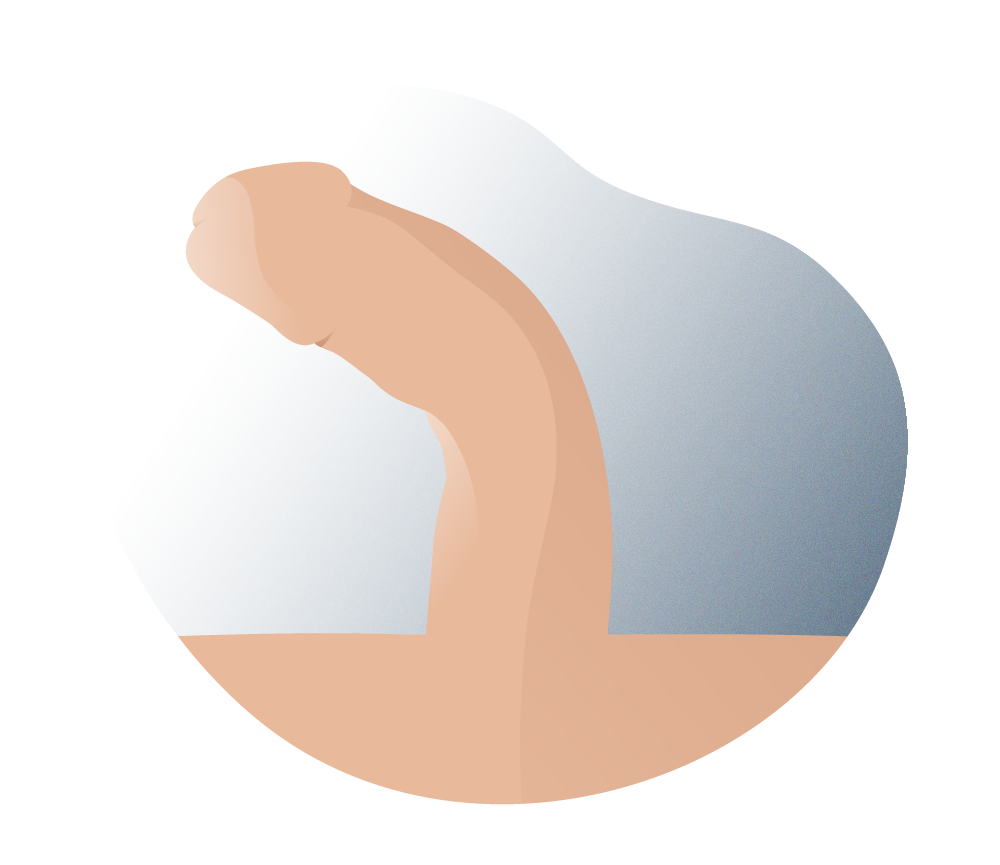
Left lateral curve
4 To the right.
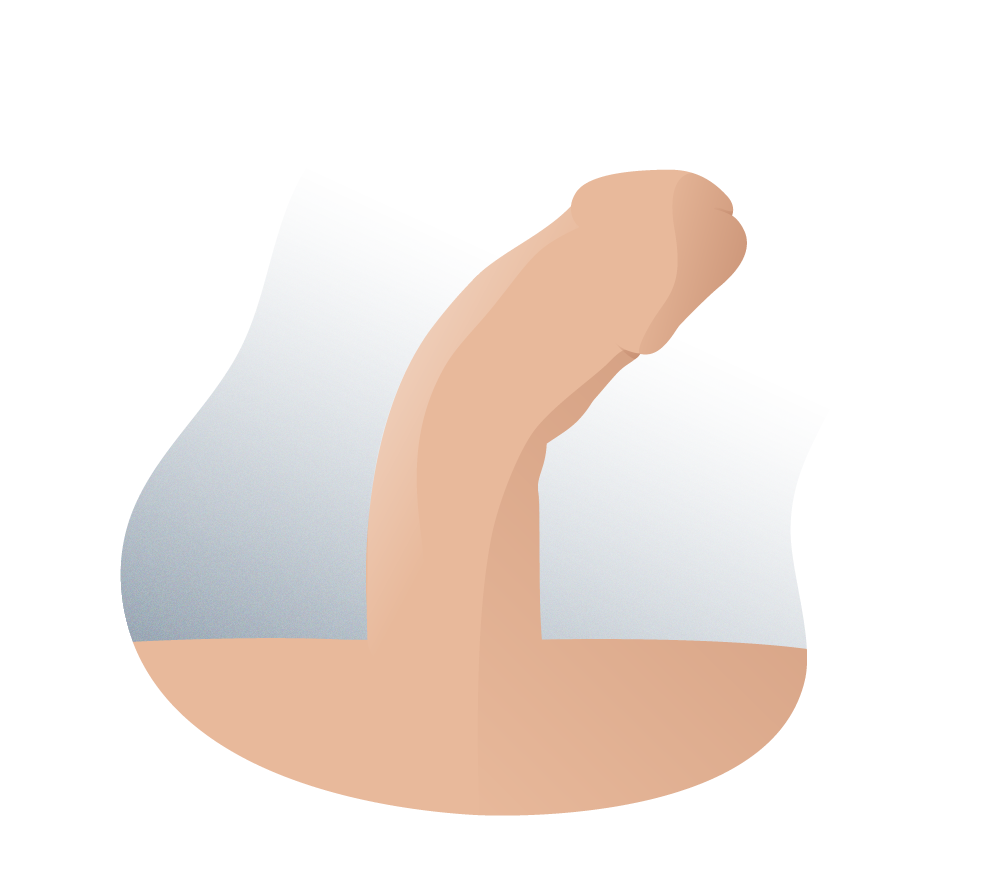
Right lateral curve
The deformity of the penis also varies depending on:
There are cases in which the penis curvature is associated with the urethra failing to grow. If the urinary duct is too short, it causes a “deformity,” which usually leads to psychological problems in patients. The deformity of the penis can create insecurity when having sex, and in many cases. It could directly affect or hinder sexual intercourse (and even has the risk of breaking the phallic limb during sexual play if the curvature is very pronounced).
The penis has two possible clinical forms:
A – The curved penis from the birth
The congenital curve on the penis results from the malformation of the cavernous and spongy bodies of the penis from the birth of the male. Surgical intervention is the only solution to this curvature.
Do you have pain in the penis?
75% of congenital curves are usually painless, even when very pronounced.
Info
75% The congenital curves are usually painless, even when very pronounced.
The specialist must assess when the curve should be operated. This will basically depend on the severity and difficulties the curved penis causes to the patient. It is first assessed at the physical level, from defining the difficulty or even impossibility of penetration during sexual intercourse or urination. And then at the psychological level, taking into account the trauma it is causing the patient.
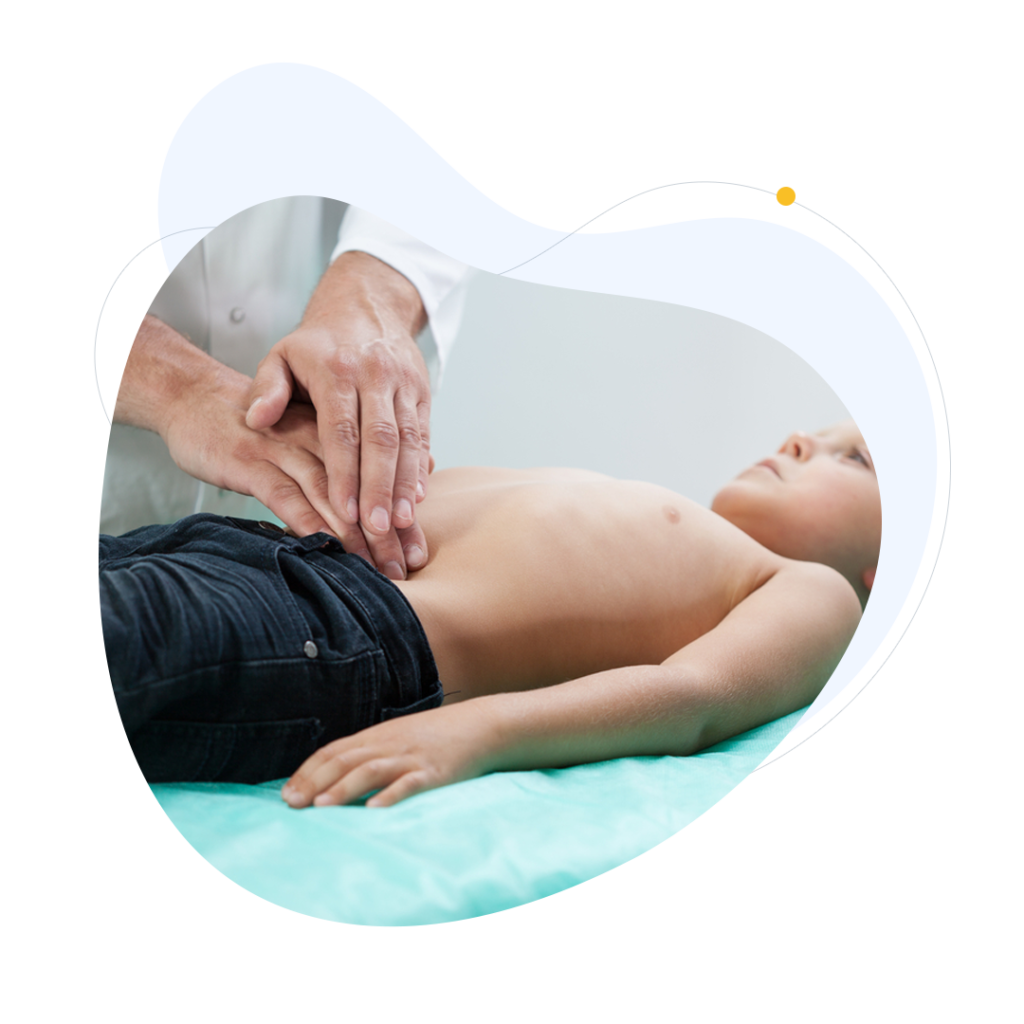
B – The bend as a consequence of diseases or injuries.
Peyronie’s disease causes an abnormal curvature on the erect penis. It bends noticeably and can hinder penetration or even cause pain during intercourse. This condition usually appears after 40 years of age and can both be very uncomfortable and painful. Regarding the treatments, the first thing to note is the time elapsed since the curve appeared, the existing degree of the deviation, and how this curve affects sexual activity. Peyronie’s disease or Induratio penis plastica (advanced) is a disease that inflames the tunica albuginea, which is the fibrous membrane that covers the testicle and participates in erection. The origins of this disease are still being studied, but it usually appears related to diabetes, the consumption of certain medications and in some cases after receiving a blow to the limb during sexual intercourse.
Do you have pain in the penis?
3 out of 4 patients with Peyronie’s Disease have pain in the penis. More than half also have palpable nodules in the penis, retraction, loss of size and some erectile dysfunction.
Info
3 out of 4 patients with Peyronie's Disease have pain in the penis. More than half also have palpable nodules in the penis, retraction, loss of size and some erectile dysfunction.
This is short summary of the whole process: from the appointment request, to receiving the medical discharge after the treatment in some our Andromedi centers in Madrid, Seville or Canary islands (Tenerife)
Most times a medical consultation is necessary (the most special cases need two consultations) before attending the surgery of correction of penis curvature.
The average hospital stay is 24 to 48 hours after surgery to prevent complications and assess improvement.
Anesthesia can be local (we recommend it) or epidural (from the waist down) in addition to a moderate sedative to put the patient into a light sleep.
The surgery to correct the penis curvature usually takes about an hour, and can be extended to two hours depending on the case.
Recovery time is three weeks after surgery and the patient must take care of his surgical wound hygiene.
Sexual relations can usually take place within a month after surgery, always paying attention to the integrity of the wound.
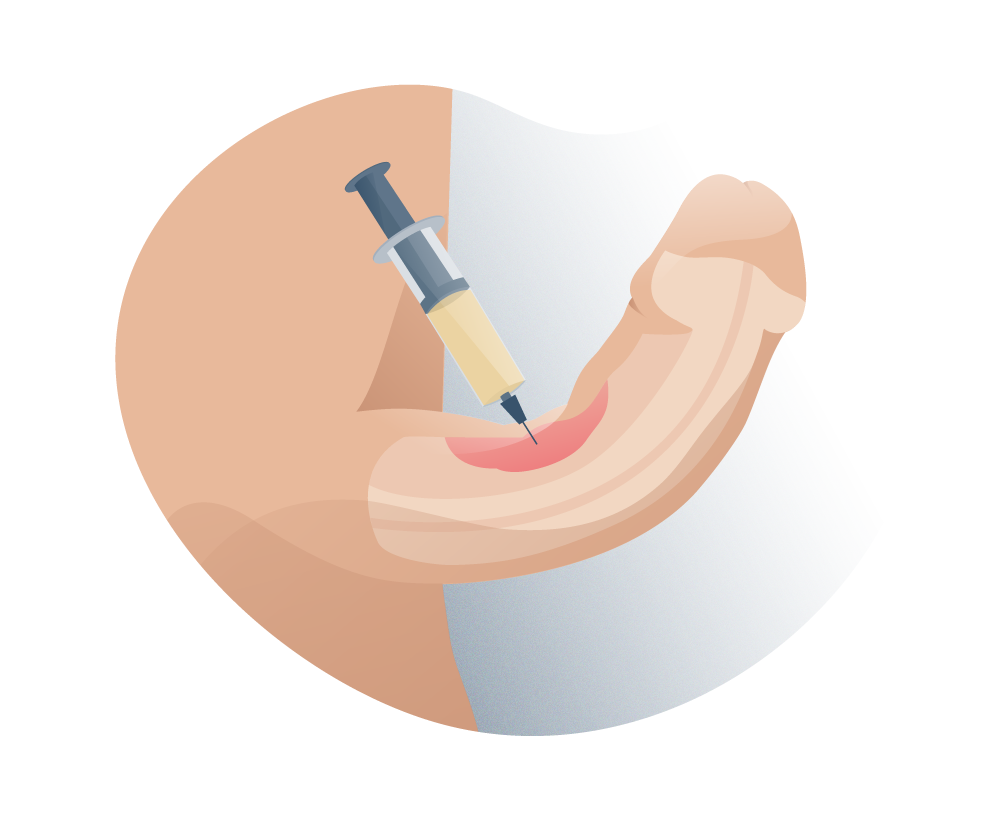
Non surgical treatment Peyronie (Xiaflex / Xiapex)
One of the main characteristics of curved penises is the corpus cavernosum lacking symmetry. Usually, the curvature of the penis, especially the lateral curvature causes asymmetry between both corpus cavernosa.
Lontophoresis can be used to correct penis curvatures during the early stages. Thanks to lontophoresis, we can deeply apply a drug that eliminates the nodules causing the penile curvature.
In more severe cases, these problems are solved (for the congenital acquired curve) through surgical intervention. The biggest problem that usually comes with this operation is the reduction of the patient’s virile member. This is because until recently, the only thing that could be done was to cut the longer part of the corpus cavernosum to result in two equal bodies. The greater the curvature, the greater the amount needed to be cut.
Thanks to the in depth development and research on this technique, MD Natalio Cruz, head of the medical services of our Andromedi Clinics in Madrid, Seville and the Canary Islands, can guarantee that the shortening of the penis in these surgeries is reduced to a minimum, thus allowing it to maintain almost in its entirety the natural size of the penis. This procedure involves enlarging, using graft to shorten the cavernous body, and thus making the penis completely symmetrical without reducing the size. Another newly developed method involves the rotation of the corpus cavernosum. This method like the previous one, considerably eliminates the shortening of the penis thus maintaining 95% of the initial size before the surgical intervention.
Use our virtual assistant and receive in your email everything related to the treatments that interest you. Budgets, recovery times, hospitalization, financing possibilities month by month, etc.
In just a few minutes and without any commitment.
En cumplimiento del Reglamento General de Protección de Datos le informamos que los datos por Vd. proporcionados serán objeto de tratamiento por parte de Andromedi con la finalidad de prestarle el servicio solicitado y/o contratado. Los datos no se cederán a terceros salvo en los casos en que exista una obligación legal. Para más información puede consultarla pinchando aquí.
In 2006, Dr. Shaeer published a new technique developed in Cairo, based on the rotation of the corpora cavernosa and updated by the same author in 2008. This innovative technique reduces the shortening effects of traditional techniques with the same correction of the curvature and with very good results.
This technique consists of laterally rotating the corpora cavernosa so that the penis acquires a straighter appearance. This is achieved by accessing the corpora cavernosa by means of a double incision in the dorsal or posterior part of the penis (one for each corpora cavernosa) and performing a double suture to force them to maintain the rotation performed.
Rotation of the corpora cavernosa, published by Dr. Shaeer, is a novel and useful alternative treatment that should be considered for patients with congenital penile curvature, given its ease of performance and excellent results.
The new modifications proposed for the technique have improved much more, its cosmetic and functional results. They are particularly useful in cases of severe congenital curvature of the penis (when the curvature exceeds 60-90°).
This procedure reduces the shortening of the penis (risk that is run with other techniques) and avoids complications such as palpable nodules, scars in the corpora cavernosa and pain in the penis.
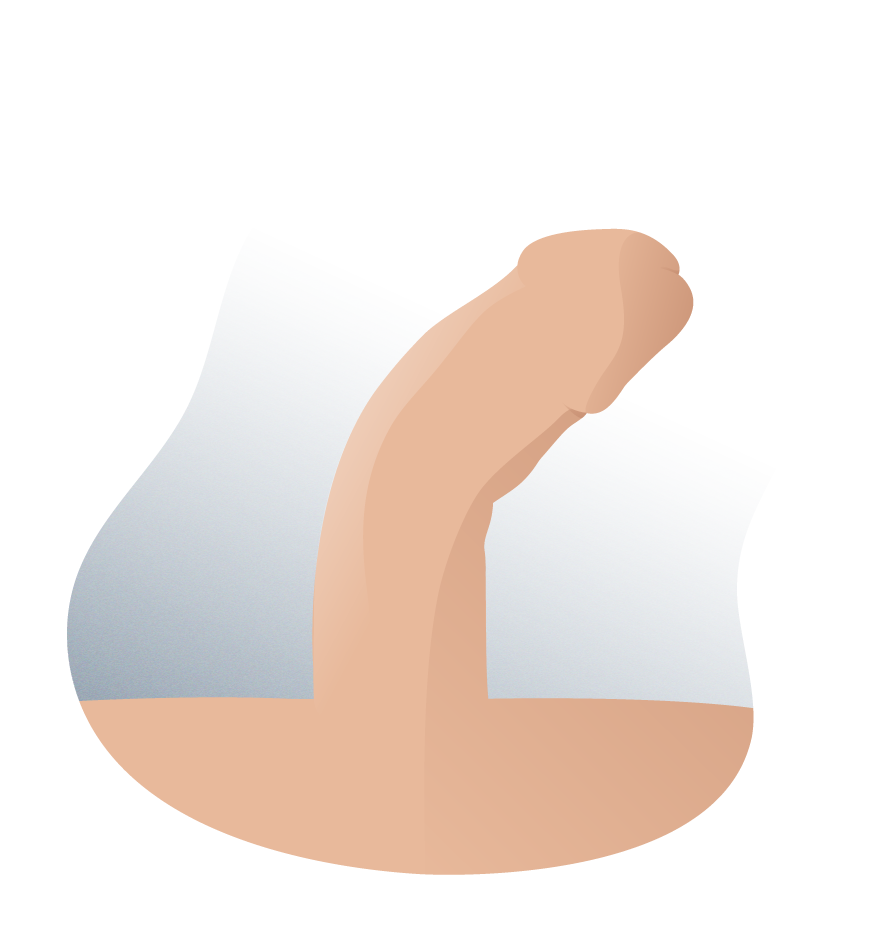
Congenital penis curve
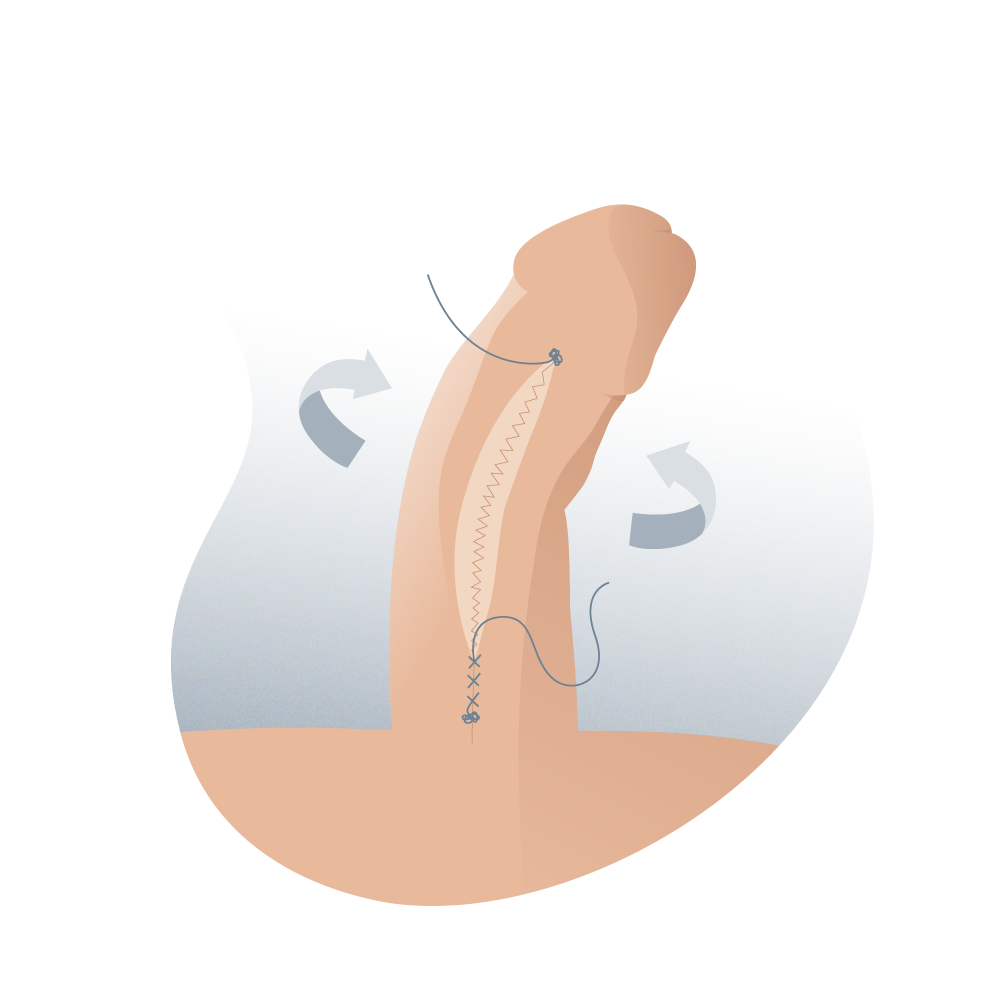
Corpora cavernosa rotation surgery
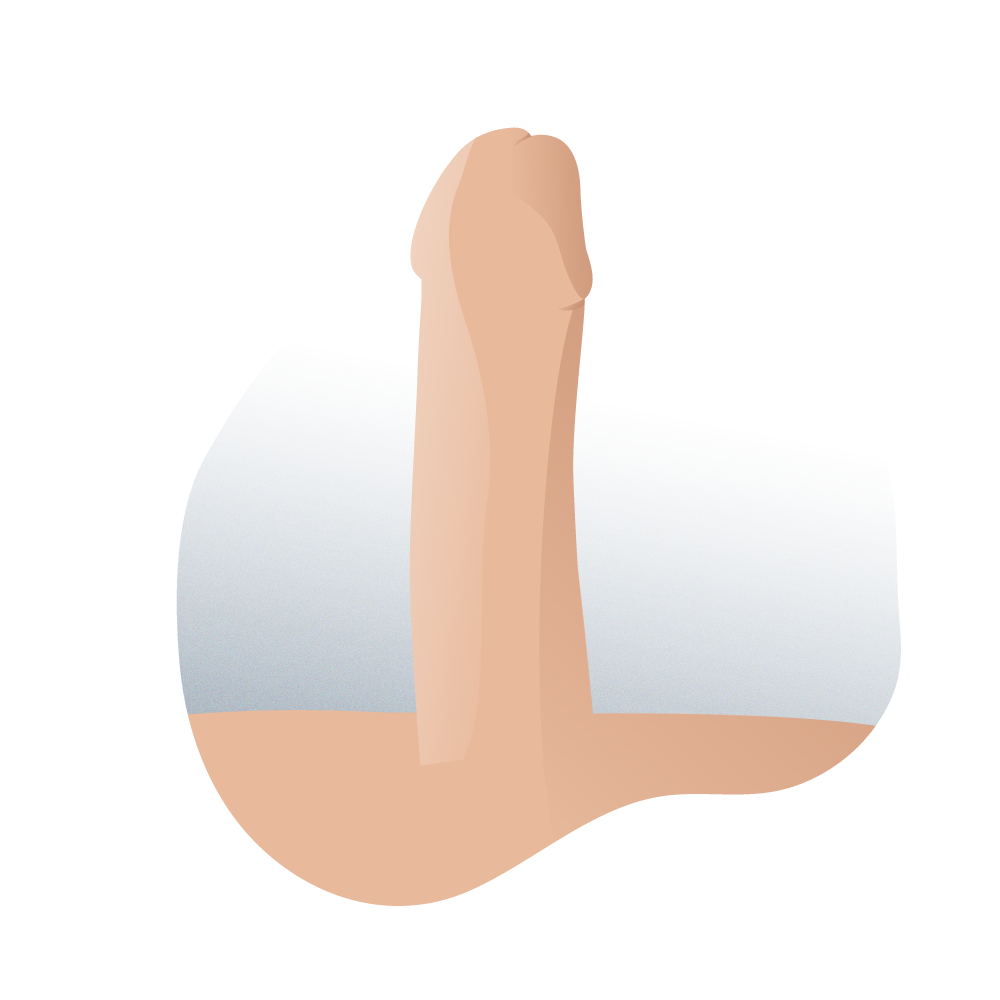
Corrected penis curve without loss of size
A longitudinal dorsal incision was made in the dorsal part of each corpora cavernosa, and by double suturing the internal and external parts of the incision, a rotation of the corpora cavernosa is induced, resulting in excellent straightening of the penis.
After administering local anesthesia to the penis (as with all penile, congenital, or acquired curvature correction techniques) and disinfecting the area to be operated, the penis is ready for surgery.
Neurovascular dissection was not considered necessary in Dr. Shaeer’s original technique. However, this neurovascular bundle (or neurovascular bundle) can be dissected dorsally, especially if any additional plication or procedure is needed, avoiding any potential neurological and vascular damage.
Two superficial longitudinal incisions must be made in the dorsal part of the corpora cavernosa, involving the external longitudinal layer of the tunica albuginea, preserving the internal circular layer.
These two incisions should be slightly curved instead of parallel, with a greater separation in the central part of the incision. In fact, the more severe the curvature, the greater the separation required.
First, the surgeon closes the medial or internal edges with a continuous suture. Then a second continuous suture will approach the lateral edges.
Ideally, according to Dr. Shaeer’s recommendations, polyglactin 910 (Vicryl), poliglecaprone 25 (Monocryl), and polydioxanone (PDS) sutures appear to have a very long rupture strength retention profile and could be a good option.
Here, the surgeon induces a post-surgical and artificial erection for the measurement of the penis and thus, to evaluate the residual curvature that could be left and the changes that could be made. The shortening of the length of the penis is usually quite small.
Buck’s fascia and skin are closed with fast-absorbing sutures, a urethral catheter, and a compression dressing.
Very good results have been published with this technique, such as:
• More than 90% straightening of the penis was observed in all cases.
• With a minimum shortening of the penis (less than one centimeter).
• High patient satisfaction in the recovery of their sexual life.
• No postoperative complications.
Among its advantages are:
• Does not leave scars. The cavernous body rotation technique does not cause scars or leave marks that could ruin the appearance of the penis due to the careful surgical approach and the delicate process of closing the open tissue, they are thin sutures.
• It does not leave nodules on the dorsal part of the penis, as it happens with other techniques. Nodules appear when the tissue is reattached in an inappropriate way and an exaggerated healing process occurs, resulting in accumulations of palpable tissue under the skin.
• The curvature correction is anatomical and smooth. With the cavernous body rotation technique, the penis can again have uniform erections and the patient does not usually perceive exaggerated or uncomfortable tensions. At first glance, a penis that has undergone this surgery is indistinguishable from one that has never undergone surgery.
• There is no shortening of the penis. This characteristic is by far one of the most important of this technique. The penis can achieve erections with the same length as before surgery, not less. This is because at no time does rotating the corpora cavernosa involve shortening or reducing the corpora cavernosa of the incurred area.
About 99% of cases with this problem have a solution. The penis maintains its full sexual and reproductive functionalities. After the operation, the patient retains 95% of the initial size of his penis.

We must not delay and need to get the surgery done immediately the malformation is detected.
It is much better if performed before the male becomes sexually active so that he begins with a full and healthy sexual life.
The sexual health of men is key in their development and emotional stability, and taking care of them from a very young age is very important.
When dealing with these patient treatments, we must remember that they usually arrive with fear and distrust due to misinformation.
Author
Natalio Cruz MD, with 25 years of medical experience, has been until 2016 Head of the Andrology Unit in the Urology Service of the Virgen del Rocío Hospital in Seville, National Coordinator of Andrology in the Spanish Association of Urology (AEU) and General Secretary in the ESSM, positions that he has narrowed to focus squarely on this exciting project of offering a high-level private medical consultation in Marbella, Seville, Madrid and Tenerife.
Al hacer click en “comenzar” usted declara haber leído y aceptado nuestras políticas de privacidad. El responsable de los datos que introduzcas es la Clínica Andromedi, sin cederlo nunca a terceros. El envío de comunicación privada, así como de newsletters es la finalidad de su almacenamiento en la base de datos de andromedi.com (UE). En cualquier momento puede limitar, recuperar y borrar su información, entérese cómo aquí.
Andromedi pertenece a las organizciones médicas más destacadas en el sector de la Uro-Andrología